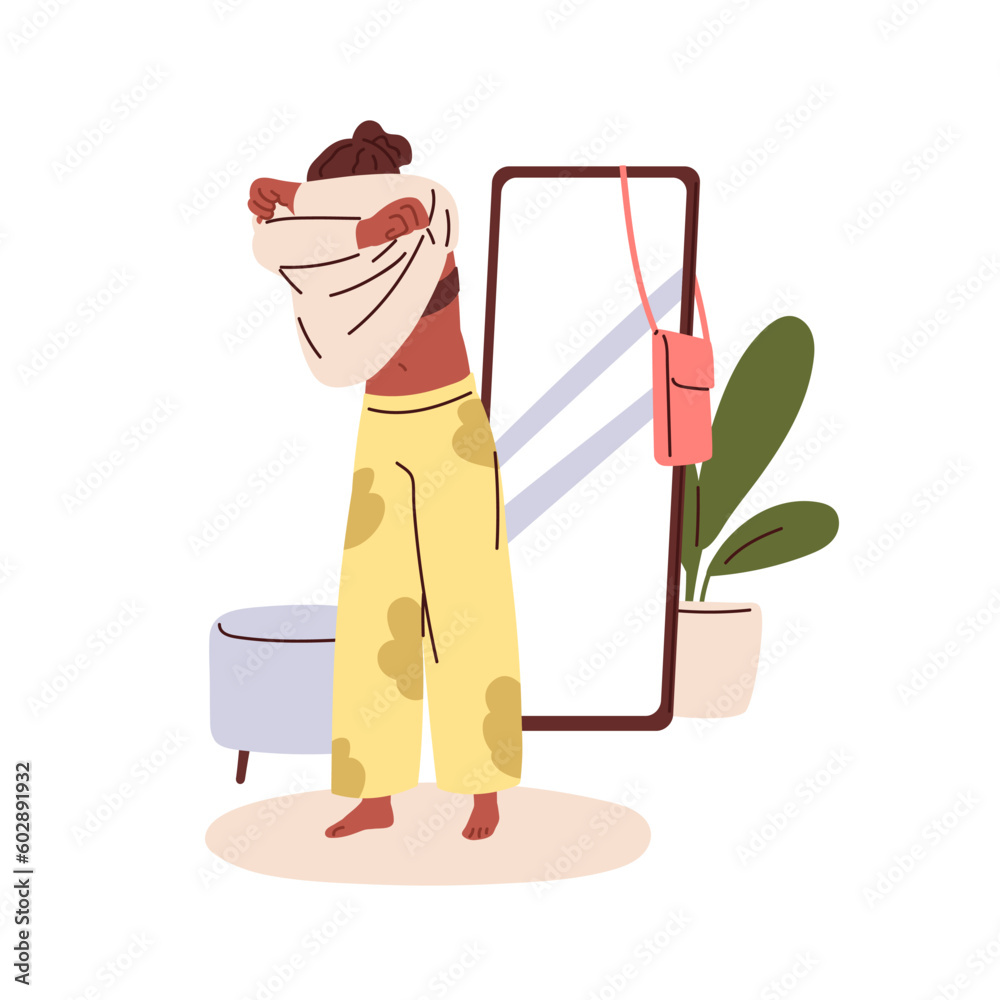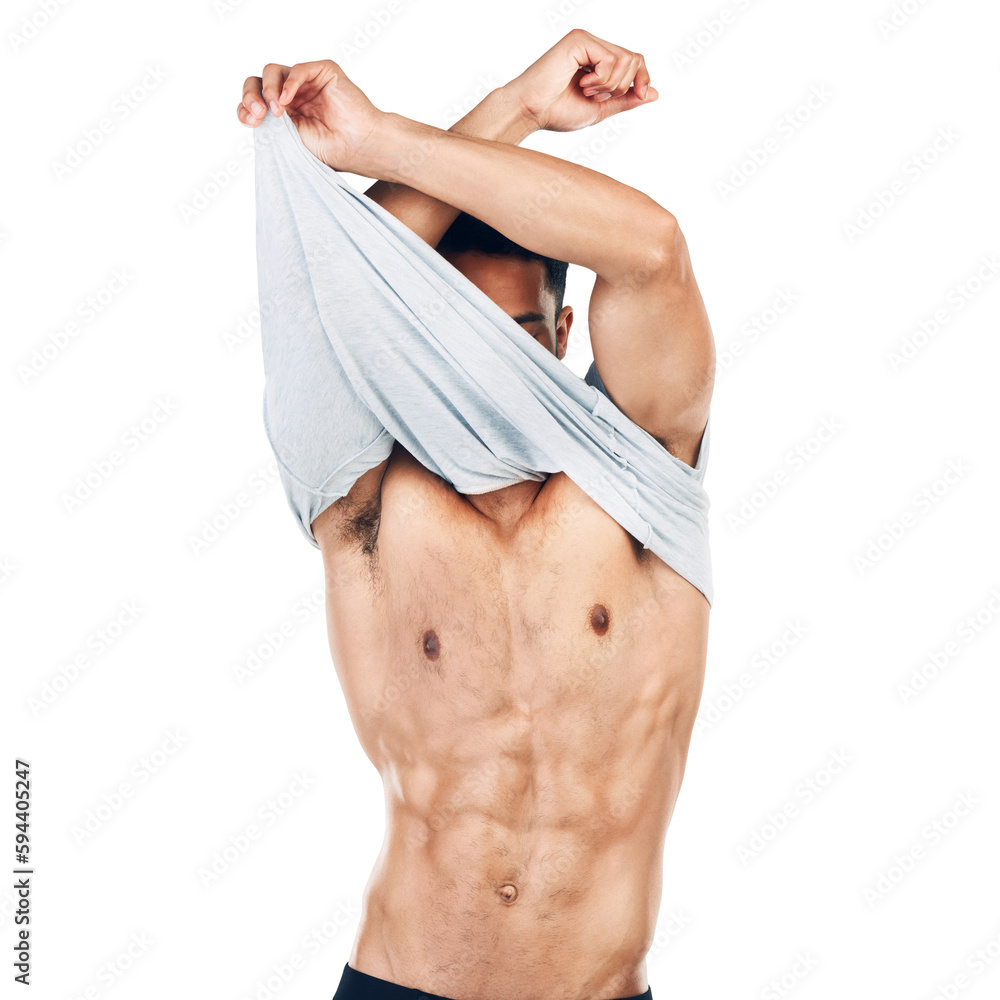Ever imagined a world where altering someone's attire in a photo is as simple as a click? The rise of AI-powered tools promising effortless clothing removal is no longer a thing of the future, it is reality.
These tools, driven by sophisticated algorithms, have captured the attention of the digital world, sparking both excitement and concern. The ability to digitally "undress" individuals in images raises significant ethical questions, even as it opens new possibilities for creative design and other industries. What was once the domain of skilled retouchers using complex software like Photoshop can now, ostensibly, be achieved with a single click, thanks to artificial intelligence.
| Feature | Description |
|---|---|
| AI Algorithm | Uses advanced algorithms to detect and remove clothing from images. |
| User Interface | Offers a straightforward interface, making it accessible for beginners. |
| Application | Suitable for visualizing clothing lines in realistic settings, creative design, and the fashion industry. |
| Functionality | Allows users to effortlessly remove and replace clothing in images with a few clicks. |
| Additional Features | Includes options for digitally swapping, changing, or experimenting with clothing styles, colors, and patterns. |
| Technology | Leverages advanced AI models to automatically detect and remove clothing, generating deepnude images. |
| Image Handling | Requires users to upload images, with the tool processing and removing clothing. |
| Image Requirements | Works best with images where clothing is distinct and contrasts well with the background. |
| Post-Processing | Allows users to review results and make necessary adjustments after initial processing. |
| Ease of Use | Offers a one-click clothing removal option, eliminating the need for complicated software. |
| Ethical Concerns | Raises debates on the ethical use of such technology due to its ability to manipulate and alter visual content. |
| Alternative Names | Also known as clothing removal apps, these tools utilize advanced image recognition and machine learning. |
| Image Editing | Has become a popular form of artistic expression in the digital age, allowing users to explore creativity by removing clothes from images. |
| Upscaling | Some tools, like Image Upscaler, offer image upscaling alongside clothing removal. |
Myimg, for instance, uses sophisticated artificial intelligence algorithms to meticulously detect and remove clothing from images. The platform prides itself on its user-friendly interface, designed to ensure that even those with no prior experience can quickly achieve clothing removal with minimal effort. This capability offers compelling applications, such as visualizing how a clothing line would appear in a real-world setting, all done digitally, thereby streamlining and accelerating the design process. Other platforms, such as Unclothy, specifically aim to "undress" photos using advanced AI models. Users upload images, and the tool automatically detects and removes clothing, sometimes with the controversial outcome of generating deepnude images. This raises a host of ethical considerations, given the potential for misuse and the creation of non-consensual imagery.
- Black Actor Lazy Eye Breaking Stereotypes And Shining Bright In Hollywood
- Why August 24 Zodiac Is A Big Deal In The World Of Astrology
Achieving the best results with these tools often depends on the quality of the input image. Ideal images feature clothing that is distinct and provides a clear contrast against the background, enabling the AI to differentiate between the garment and the subject's body. After the initial processing, careful review of the results is crucial, allowing users to make any necessary adjustments to refine the outcome.
The promise of simply uploading a picture and removing clothes with a single click is a common marketing message, intended to entice users with the simplicity and speed of the process. These platforms often position themselves as alternatives to complex and expensive software like Adobe Photoshop. Ptool, for example, promotes its AI clothes remover as a way to "say goodbye to complicated Photoshop software and enjoy the unprecedented fun" of AI-powered clothing removal. This ease of use opens doors to a variety of potential applications, ranging from creative design and the fashion industry to personal entertainment.
AI clothes changers take a slightly different approach, functioning as virtual tools that allow users to digitally swap, change, or experiment with clothing styles, colors, and patterns on a photo or video of themselves. Leveraging artificial intelligence, these tools can simulate how different outfits or specific garments, such as a dress, suit, or bikini, would look on an individual without the need for a physical fitting. This technology holds significant potential for the fashion industry, enabling virtual try-ons and personalized style recommendations.
- Flooding In Utica Ny A Comprehensive Look At Causes Impacts And Solutions
- Unveiling The Intricate Food Web In Chaparral Biome A Closer Look
However, it's essential to reiterate the ethical considerations surrounding these technologies. While some applications focus on creative design and virtual try-ons, others, like Unclothy, are designed to "undress" photos, generating deepnude images. Such functionalities raise serious concerns about consent, privacy, and the potential for misuse. The ability to create non-consensual intimate imagery is a significant ethical challenge that demands careful consideration and regulation.
Undress AI apps, also known as clothing removal apps, rely on advanced image recognition algorithms and machine learning to digitally remove clothing from images. These applications have garnered significant attention due to their ability to manipulate and alter visual content, igniting debates about the ethical implications of such technology. The line between harmless entertainment and potential harm is often blurred, requiring users and developers to approach these tools with caution and a strong sense of responsibility.
Platforms like Clothoff.io offer tools to "remove clothing from images with ease," emphasizing the control users gain over their photos. Clothoff AI technology aims to effortlessly eliminate unwanted clothing elements, providing a more polished and refined final image. Meanwhile, the increasing popularity of free AI clothes remover websites is driven by the promise of easily and quickly removing clothes from photos online. These free tools offer accessibility and convenience, but users should be aware of potential risks related to data privacy and security.
Anieraser's AI clothes remover is promoted as an advanced online tool designed to help users remove clothing from images. Image Upscaler, on the other hand, is a website that can be used to upscale images and also offers the option to remove clothes. While the website is free to use, there is typically a limit on the number of images that can be processed each day. To use Image Upscaler to remove clothes, users simply upload a photo and select the "remove clothes" option.
This innovative solution allows users to design custom outfits, experiment with different looks, and visualize styles on realistic models, all in a fraction of the time. The potential applications of AI-powered clothing manipulation tools are vast and varied. While some tools focus on enhancing creative expression and streamlining design processes, others raise serious ethical concerns regarding consent, privacy, and the potential for misuse. A key aspect of achieving the desired result is the professional skill of retouchers.
A thorough understanding of human anatomy, the ability to perceive the perspective of the body in space, and careful consideration of lighting, including darkening and light sources, are essential for producing realistic and believable results. AI-powered clothing removal tools offer an effortless way to remove and replace clothing in images with just a few quick clicks. These tools can be used in creative design, the fashion industry, or even for personal entertainment, as long as they are used responsibly and ethically. Adjust settings to control the level of clothing removal and refine the output.
The rise of AI clothes remover websites has enabled users to go beyond traditional editing tools and explore their creativity by removing clothes from images. In the digital age, "undress AI" image editing has become a popular form of artistic expression. The ability to effortlessly remove clothing from images with precision and accuracy is a key feature of these tools. Some platforms even claim to generate lifelike depictions of nude figures beneath the removed clothing, which further exacerbates ethical concerns.
- Unveiling The Ancestry Of Johnny Depp A Deep Dive Into His Roots
- How To Convert Fahrenheit To Celsius A Simple Guide


